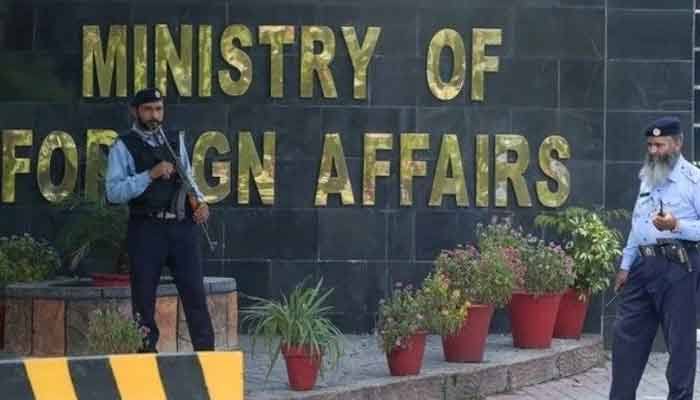On February 14, 2019, In the Pulwama District of Indian Illegally Occupied Jammu and Kashmir (IIOJK), a suicide bomber drove his bomb-laden car into a Central Reserve Police Force (CRPF) convoy, killing 40 people and igniting the first aerial conflict between Pakistan and India since 1971. Jaish-e-Muhammad (JeM), according to New Delhi, carried out the attack from across the border in Pakistan. In retaliation, New Delhi launched a massive attack in the Balakot district of the Pakistani province of Khyber Pakhtunkhwa (KP). The debacle ultimately led to the downing of an Indian MIG-21 aircraft and the detention of the pilot on board. The air strike, however, was unable to quell Indian ambitions, and New Delhi continued to malign Pakistan’s reputation for sponsoring terrorism.
Following the attack in Pulwama, Satya Pal Malik former governor Indian Occupied Jammu and Kashmir (IIOJK) disclosed that the CRPF requested five aircrafts to transport their members because a convoy that large could not move over land. However, India’s Home Ministry resisted giving over the planes. Malik argues that he told Prime Minister Narendra Modi and the BJP administration’s national security adviser Ajit Doval about this lack of administrative knowledge, but that they both said, “Keep quiet; all such responsibility is going towards Pakistan.”
In pursuit of aggression, India had ignored the seriousness of the matter which could have escalated armed hostilities between the two nuclear powers. Not only this but the BJP government also tried to create all-around hype by conducting airstrike on Balakot district in Pakistan despite the knowledge that there was no terrorists hide-out on the other side of the border. All this led India to face global embarrassment due to the lack of tactical planning. India’s intention to disgrace Pakistan went in Pakistan’s favour when Pakistan Air Force swiftly responded to the Indian airstrike by destroying two Indian military aircrafts Su-30 and MiG-21 and the capture of Indian Air Force pilot Abhinandan Varthaman.
In the wake of the incident, former United States Secretary of State Mike Pompeo also said “India and Pakistan came close to nuclear conflagration because Modi thinks that Pakistan is preparing a Nuclear war”. He further added that all this reflects Modi’s interest in gaining power without thinking of 1.3 billion of the Indian population.
In a press release from the Ministry of Foreign Affairs (MoFA), the Acting Foreign Secretary of Pakistan explicitly declared that Indian aggression was a danger to regional peace and stability and that Pakistan would respond appropriately at a time and place of its choice. Additionally, he condemned India’s false accusations that Pakistan was involved in the latest attack in Indian-occupied Jammu and Kashmir.
Pakistan always called on the international community to intervene in such matters to stop India from pursuing its violent agenda. If India continues to do so, not only the whole region but international community will face consequences as both states possess nuclear arsenal. Pulwama was the fifth major Indo-Pak crisis since the two nations conducted nuclear weapons tests in 1998. In each of the past crises, involvement of outside parties—primarily the United States—was crucial to mediating a peaceful resolution. Although India and Pakistan have engaged in varied degrees of brinkmanship, Pakistan has always welcomed third-party mediation because it perceives it as a deterrent against a full-scale escalation. The goal of Pakistan’s crisis management and de-escalation behavior over the years has actually been to persuade the enemy to give up in the face of mutual annihilation they may face in case of an outbreak of full-scale war in the region. However, under the BJP’s right-wing fascist regime, prospects of reaching any form of mutually agreed peace term are almost entirely bleak.







